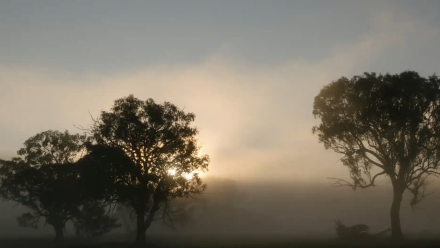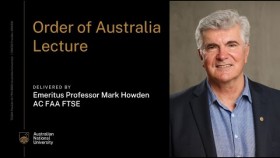‘A story of hope’: how the COVID downturn could help Australia rebuild from its black summer
As a bushfire raged through north-east Victoria late last year, leaving destroyed houses and blackened bushland in its wake, Cudgewa man Joshua Collings, his partner Kate and their young son Tully joined a convoy of cars snaking their way down the mountain.
Their home was gone. They wanted to get out of there. But back at the evacuation centre in nearby Corryong, police had given bleak warnings about what they would see out the window. The couple landed on an idea to distract Tully, who was then three years old, from the devastation.
“We thought, we’ll play this robot game,” Collings says. Whenever they said “Shut down”, Tully had to turn off by closing his eyes, and wait for the signal to turn back on again. “Kate’s got this really cool robot voice. She’d be like, ‘please shut down Tully’. And Tully would be like … ” He makes a powering down sound. The little boy’s eyes were closed as they drove past burned animal carcasses on the roadside.
From that drive, Collings vividly remembers seeing cattle standing motionless in the smoky gloom. He could barely tell if they were dead or alive. “It looked like Pompeii,” he says. “These things were like charcoal.”
It was the last day of 2019, and the family’s first venture into a much changed world. The climate crisis dominated headlines as Australia burned over summer. But since then, many communities devastated by bushfires have struggled to embark on a recovery, let alone an eco-friendly one.
Read the full article on The Guardian Australia website, featuring commentary by Prof Mark Howden











